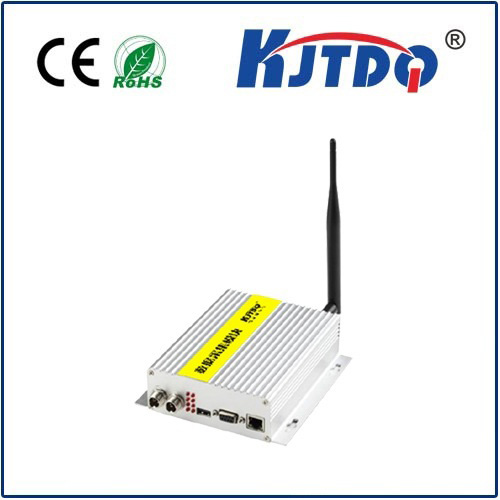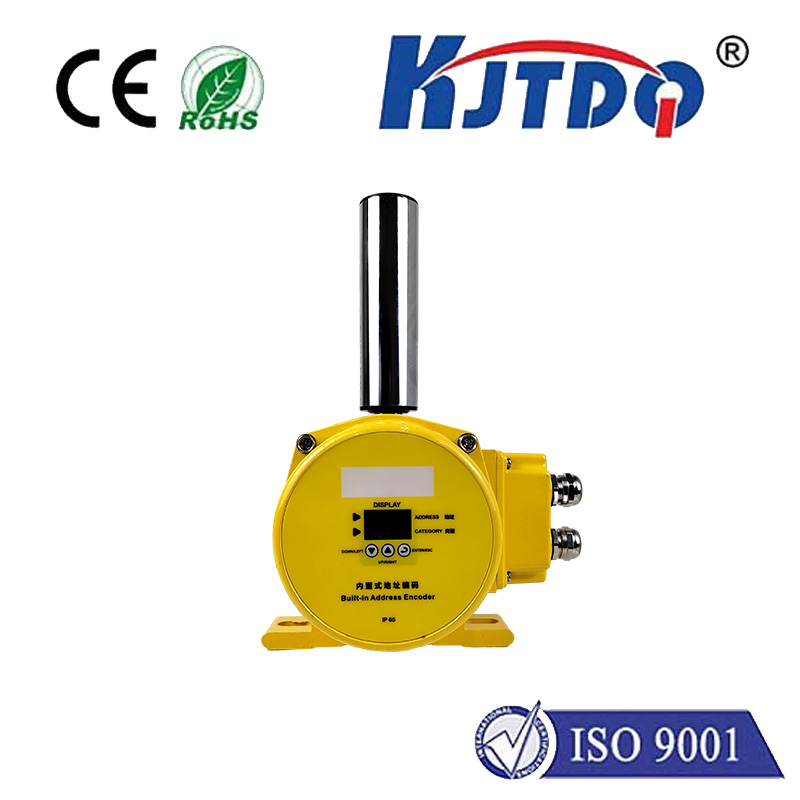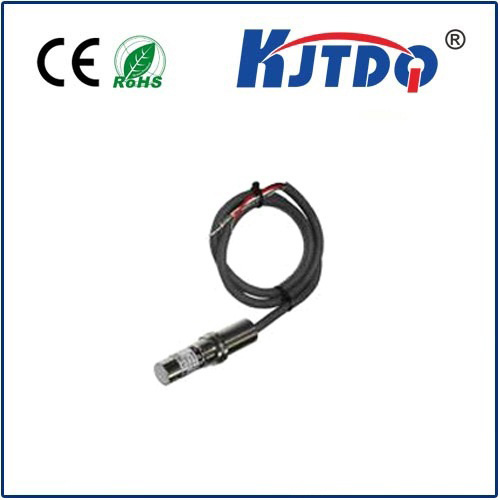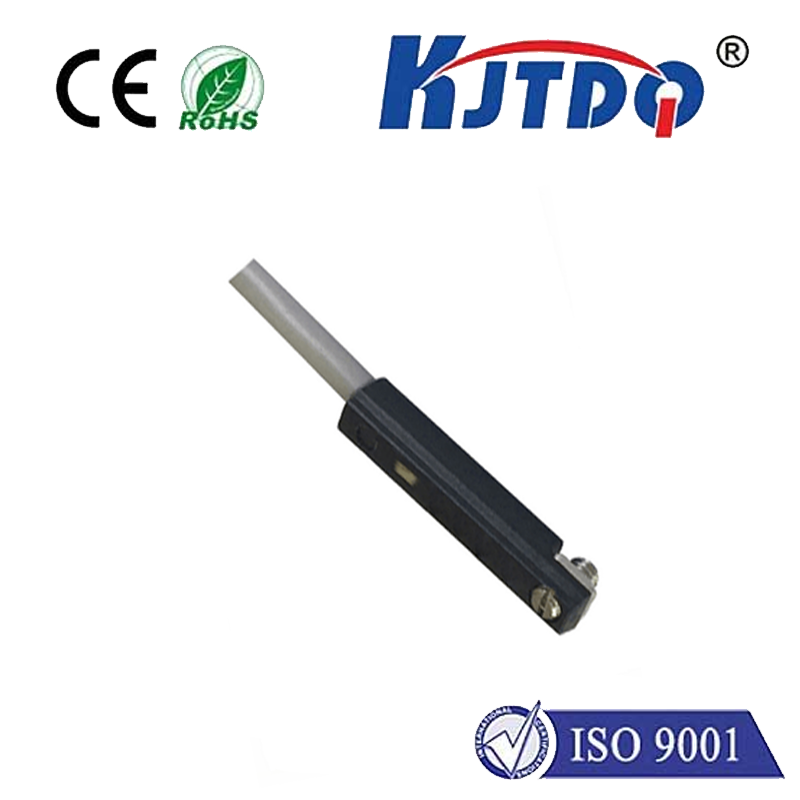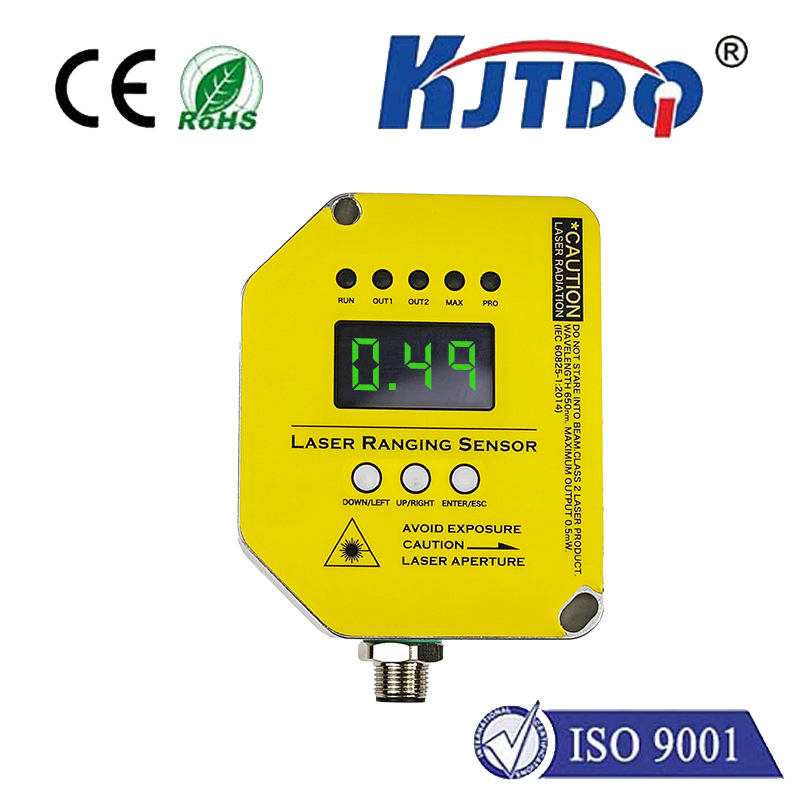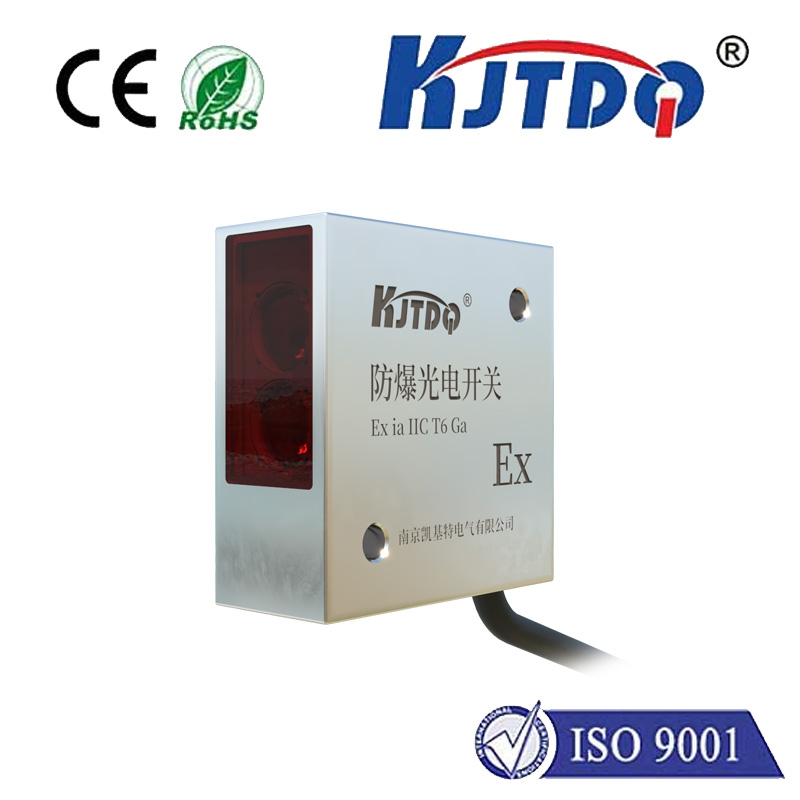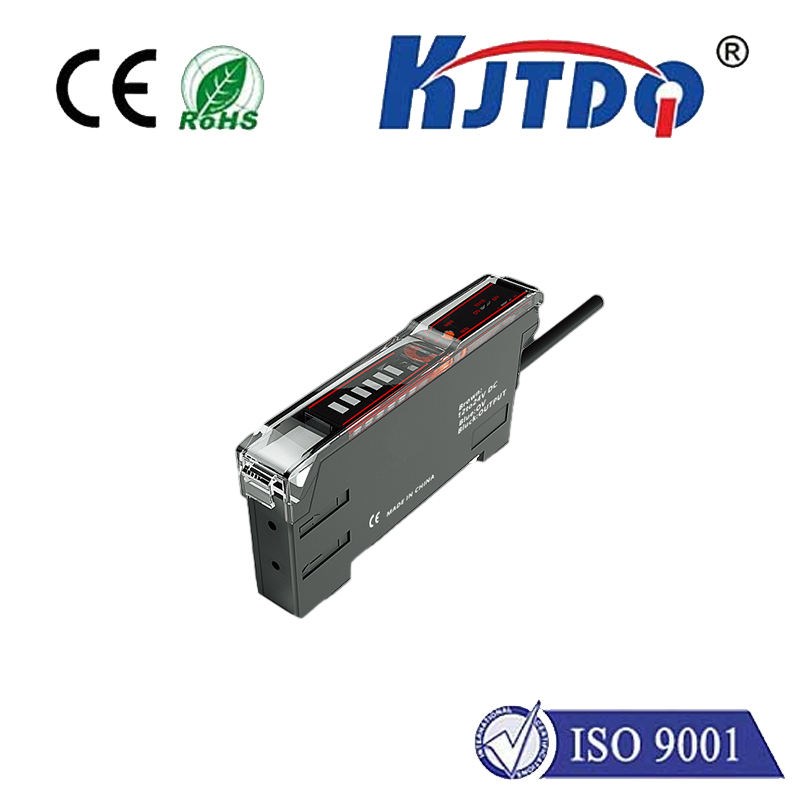adjustable photoelectric switch sensor distance 5
- time:2025-09-11 02:43:43
- Click:0
Mastering Detection Range: The Power of Adjustable 5-Meter Photoelectric Switch Sensors
Imagine automating a process where the detection distance needs to adapt – sometimes close for precision, other times far reaching for large objects. Traditional sensors fall short, needing costly replacements or complex setups. This is where the adjustable photoelectric switch sensor with a dedicated 5-meter range transforms efficiency and flexibility. These versatile components are indispensable in modern automation, offering precisely the adaptability engineers and technicians demand.
Understanding the Photoelectric Switch: Sensing with Light
At its core, a photoelectric switch is a non-contact sensor detecting the presence, absence, or distance of an object using light. It comprises a light emitter (usually an LED, often infrared for reliability) and a light receiver. When an object interrupts or reflects the emitted light beam (depending on the sensor type), it triggers a change in the receiver’s output signal. This signal then controls machinery – stopping conveyors, counting items, positioning parts, or initiating processes.
Common types include:

- Through-Beam (Opposed Mode): Emitter and receiver are separate units facing each other. Detection occurs when an object interrupts the beam. Offers the highest accuracy and longest range.
- Retroreflective: Emitter and receiver are housed together. A reflector bounces the light beam back. Detection occurs when an object interrupts the reflected beam. Simpler wiring than through-beam, ideal for medium ranges.
- Diffuse (Proximity Mode): Emitter and receiver are housed together. Detection occurs when the target object itself reflects enough emitted light back to the receiver. Simplest setup, but range and performance depend heavily on object characteristics (color, reflectivity, surface texture).
Why Adjustable Distance Matters: Breaking Free from Fixed Limits
Fixed-range sensors, while cost-effective for specific tasks, impose significant limitations:
- Rigidity: They cannot adapt if the process changes (e.g., a new product size) or environmental factors shift slightly.
- Replacement Costs: Changing requirements necessitate buying entirely new sensors suited to the new distance.
- Installation Challenges: Precise positioning is critical and harder to achieve with fixed ranges over varying distances.
- Reduced Versatility: A single fixed sensor cannot serve multiple detection points requiring different ranges.
This is where adjustability becomes a game-changer. An adjustable photoelectric switch sensor allows users to precisely set the operating distance within its designated range – in this case, up to 5 meters. This flexibility is typically achieved via a potentiometer (knob), DIP switches, or sophisticated teach-in buttons on the sensor housing, allowing fine-tuning directly at the point of installation.
The Significance of the 5-Meter Range
A dedicated sensor distance 5 capability is highly relevant. Why 5 meters?
- Common Application Scope: Many industrial automation tasks – conveyor sorting, large assembly line part detection, palletizing systems, gate control, and warehouse logistics – frequently require detection ranges between 1 and 5 meters. A sensor optimized for this span hits the sweet spot for widespread use.
- Balancing Power and Precision: Sensors reliably achieving a 5m detection distance often employ focused optics (like telecentric lenses) and robust emitter/receiver circuits. This allows them to maintain sensitivity and stability over this extended distance, preventing the drop-off in performance seen in lower-cost sensors trying to reach beyond their capability.
- Practicality: Five meters provides substantial reach for most medium-to-large-scale automation without venturing into the realm of specialized long-range sensors, which often come with higher costs and different technical constraints. It’s a versatile, practical performance benchmark.
Key Benefits of Adjustable 5m Photoelectric Sensors
Integrating an adjustable photoelectric switch with a 5-meter range delivers compelling advantages:
- Unmatched Process Flexibility: Easily adapt to different product sizes, varying container heights, or changes in conveyor setup on the fly. No need for sensor swaps. This reduces downtime dramatically.
- Simplified Installation & Setup: Precisely dial in the exact point where detection should occur, simplifying alignment and fine-tuning directly on the sensor. Reduces frustration and installation time.
- Cost Efficiency: One sensor can potentially replace multiple fixed-range sensors needed for different tasks or accommodate future process changes, lowering inventory requirements and replacement costs.
- Optimized Reliability: Fine-tuning allows optimization for specific objects and backgrounds, minimizing false triggers caused by ambient light, dust, or irrelevant reflections that plague poorly adjusted sensors. Consistent detection = consistent production.
- Reduced Downtime: Quick adjustments mean faster troubleshooting and adaptation to process variations, maximizing overall equipment effectiveness (OEE).
Where to Use Them: Applications Shining Bright
The combination of adjustability and a 5-meter range makes these sensors indispensable in numerous scenarios:
- Material Handling & Logistics: Detecting large pallets, boxes, or AGVs at gates, on conveyors, or within warehouse systems. Adjust for various pallet heights or vehicle positions.
- Packaging Machinery: Sensing product presence on infeed lines, verifying case erection, or confirming filling levels in large containers. Adapt quickly to different package sizes.
- Automotive Manufacturing: Detecting vehicle bodies on assembly lines, robotic positioning aids, or confirming door/panel presence during assembly. The 5m range handles large fixtures.
- Wood & Metal Processing: Monitoring large wood panels or metal sheets entering saws, presses, or CNC machines. Detect objects reliably despite dust or chips.
- Bulk Material Monitoring: Sensing material levels in large bins or hoppers from a distance.
- Access & Security Systems: Automating large doors or gates triggered by approaching personnel or vehicles within the 5-meter zone. Adjust sensitivity to avoid false triggers.
Maximizing Performance with Your 5-Meter Adjustable Sensor
To get the most out of your adjustable photoelectric switch capable of 5m detection:
- Select the Right Type: Choose through-beam for maximum range and reliability where possible. Opt for retroreflective for easier mounting at medium distances, or diffuse for simplicity when reflectivity is good and range requirements are within the sensor’s adjusted limits.
- Prioritize Optics: Sensors achieving good performance at 5 meters typically have superior optics. Look for features like background suppression technology in diffuse sensors (focusing detection on a specific zone) or telecentric lenses in emitter/receivers for tighter beam control.
- Consider Environmental Factors: Ensure the sensor’s IP rating (Ingress Protection) suits the environment (dust, moisture). Higher IP ratings are often found on robust sensors designed for demanding industrial use at extended ranges. Don’t ignore operating temperature specs.
- Quality of Light & Electronics: Bright, well-focused emitters and sensitive, stable receivers are crucial for consistent performance up to 5 meters. Reliable power regulation is also key. Look for reputable brands known for quality.
- Precise Adjustment is Key: Follow the manufacturer’s procedure for setting the detection threshold or point. Use the intended target object for adjustment. Verify detection reliability throughout the entire required distance spectrum, not just at the max 5m point. Check for stability against background objects and ambient light sources. Fine-tuning ensures optimal immunity to interference.
The






